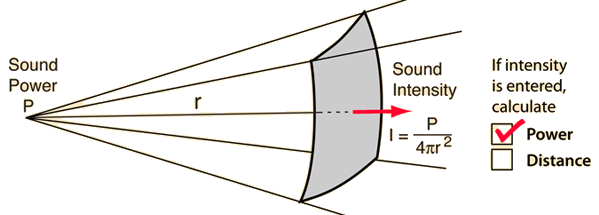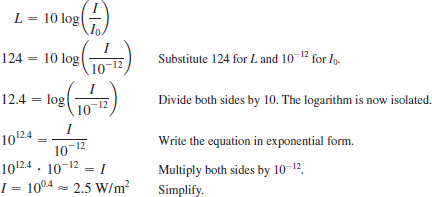
The pressure gradient is a continuous function, that is, a smoothly changing curve. Integrating the acceleration signal then gives the particle velocity. With knowledge of the pressure gradient and the density of the fluid, the particle acceleration can be calculated. With Euler’s equation it is the pressure gradient that accelerates a fluid of density ρ.

Sound intensity is the time-averaged product of the pressure and particle velocity. The equal-loudness contours were the basis for additional experimentation by Fletcher and Munson, 1 regarding the loudness of complex sounds consisting of a mixture of different frequencies.How Is Sound Intensity Measured? The Euler Equation Importantly, loudness grows with sound intensity at different rates, depending on frequency, which is of significant importance in fitting hearing aids. Low-frequency or high-frequency sounds are not perceived to have the same loudness as mid-frequency sounds-this has significant consequences for how a sound's physical intensity may affect annoyance and/or hearing loss.

Musical sounds which vary in frequency may also vary in loudness, something a composer or conductor appreciates. So, unlike physical frequency and intensity, which are independent acoustic variables, frequency and loudness are not independent. And, to be equally loud, tonal sounds of different frequencies have to be of different intensities. Each equal-loudness contour indicates that tones with the frequencies and intensities indicated by a contour are all judged equally loud. A 1000-Hz tone is about in the middle of the frequency range of human sound perception and has a low detection threshold. Each contour represents different test-tone intensities (dB above the reference intensity). Equal-loudness contours display the level (dB above a reference intensity at the approximate threshold of hearing) of a 1000-Hz reference tone required for a subject to subjectively match the perceived loudness of a test tone as a function of test-tone frequency. The most cited part of their article 1 concerns “equal-loudness contours” as shown in the graph. WHAT DID FLETCHER AND MUNSON ACTUALLY DO? Those relationships facilitated an ability to double the loudness of music regulate the loudness of airplanes, cars, trains, or restaurants control the loudness of the sound of a hearing aid so it is not uncomfortable and improve an understanding of the psychophysical relationships between auditory perceptions and acoustic variables. Fletcher and Munson 1 were among the first to develop psychophysical relationships between loudness perceptions and several physical properties of sound. Change the frequency content of a sound and its perceived pitch might change but so might its perceived loudness.

Any sound can be “soft” or “loud.” Changing almost any acoustic variable may affect loudness. If you want to make the music you are listening to twice as loud, how much should you change its physical intensity? Controlling loudness is not unique to a particular sound. We do not want “noise” from the street, the airport, the bar down the street, or our neighbors to be too loud. One often wants to control the loudness of a radio, a cell phone, the television, or an unhappy baby. However, controlling loudness is ubiquitous. The article was originally written to improve an understanding of hearing and, in so doing, to improve the telephone system.


 0 kommentar(er)
0 kommentar(er)
